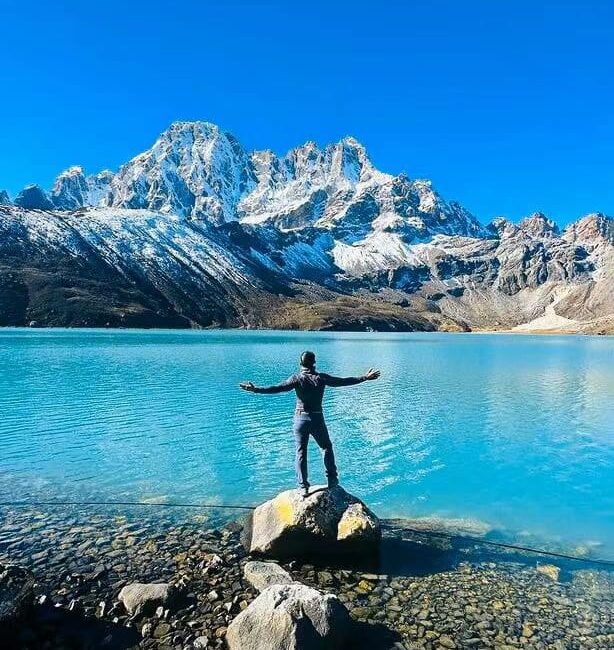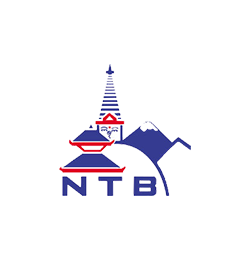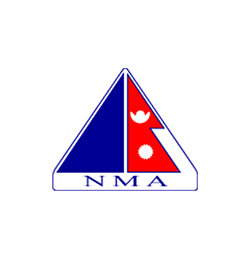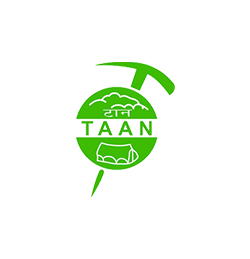
‘from popular scenic trail towards hidden pockets and beyond Everest regions’
Overviews:
Beyond Everest Discovering Nepal’s diverse trekking terrains is an adventure around the far remote corners of high Khumbu and Everest.
The adventure that takes you away from the main popular routes to sheer mountain wilderness. Walking on the landscape terrains, filled with moraine of rocks, snow, ice, and glaciers enclosed within towering jagged peaks. Most adventurers, trekkers, and mountaineers enjoy and favor trekking on the main scenic routes of Everest and Khumbu region.
Likewise, the most popular trek to Everest base camp and climb of Kalapathar viewpoints. As well as treks to Gokyo, the valley of glacial lakes, and crossing Khongma, Cho la, and Renjo-La Passes.
These areas are the most trekked and visited areas of high Khumbu Valley in the close shadow of Mt. Everest. But for interested people, the Everest and Khumbu areas offer more than normal trekking around the mainstream.
Trekkers can enjoy the adventures walking from the main trail to remote locations around off-the-beaten routes. Where a few groups of trekkers and adventurers seldom venture around isolated corners beyond the main trekking trail of Everest.
Climbers and mountaineers often dare the challenges of entering the hidden pockets of Khumbu and beyond Everest. Fewer trekkers hardly visit the remote mountain wilderness at the best time of the year. The reason for its remoteness and less trekked areas beyond Everest. For beyond Everest, trekkers need to carry camping equipment and food for the wilderness around remote corners of Everest.
The route can be closed in deep snow, making the adventures more demanding and challenging. It might lead to an arduous task in finding the routes for a safe trekking path amidst the mountainous regions. Nevertheless, beyond Everest, Discovering Nepal’s diverse trekking terrains will be the best adventure of a lifetime experience.
Explore Nepal’s varied trekking landscapes beyond Everest.
Beyond Everest is an adventure exploration to discover Nepal’s diverse trekking terrains and mountain landscapes. For interested adventurers and trekkers with various options, to choose from, as per the list provided.
Trek from Amphu Labtsa Pass and Panch or Seto Pokhari to Lukla via Mera-La.
Amphu Labtsa is one of the highest passes around Khumbu and beyond Everest. The treks can be done with two options either start from Lukla and head towards the hidden valley of Hinko. The adventure heads east towards Mera Peak and Mera-La Pass to reach the Hongu Valley.
The Panch or Seto Pokhari is located amidst the towering peaks of Amphu, Ama Dablam, and Baruntse Himal. On leaving, the Hongu Valley towards Imjatse Valley around the eastern rim of Khumbu areas around the southern region of Everest. The Amphu Labtsa-La Pass, at 5,845 m/19,177 feet high, almost the height of the peaks. It is a glaciated pass to traverse, climbing towards a serac cliff at the head of the Honku Valley.
Requires fixed ropes, ice axes, crampons, and snow gears to cross over Amphu Labtsa high pass. A long descent towards another glaciated valley of Imjatse close to the famous and popular Island Peak base camp.
On reaching Imjatse Valley enjoy the pleasant walks on the main trail back to Lukla via Tengboche and Namche Bazaar.
Trekkers can take the challenge of crossing first climbing to the high ridge of Amphu Labtsa La Pass. Then walk towards the glaciated valley of Hongu and Panch Lake and head towards Hinku Valley to reach Lukla.
Trekking across four passes in the Khumbu region, including Everest, via Tashi-Labtsa La.
For beyond Everest to discover Nepal’s diverse trekking terrains is to venture over the four passes of Khumbu. Crossing Khongma-La, Cho-La and Renjo-La with the last Tashi Labtsa La to reach picturesque Rolwaling Valley around Dolakha district.
A great traverse an exciting it will be more than a mountaineering experience crossing above 5,000 meters high passes. Where one can enjoy dramatic panoramic views of Mid-East Himalayan peaks from Everest, Lhotse and Makalu, with majestic Mt. Gaurishankar. The trek covers whole of Everest and beyond, trekking from east to west of Khumbu high valley. Then reaching the beautiful Rolwaling Valley, after a great thrills crossing the four passes of Khumbu and
beyond Everest. Traverse from Khumbu to Rolwaling Valley crossing all the hidden passes of Khumbu leads you to experience more challenges.
Trekking beyond Everest: Crossing Amphu Labtsa and Sherpani Pass to Makalu.
The next exciting thrills is a traverse from Khumbu and Everest region to Makalu base and Barun Valley. Then ending great adventure heading down to lower warmer areas of Arun Valley at Tumlingtar Town. After an enjoyable time around the scenic Khumbu and Everest region, the adventure leads towards southern end of Imjatse Valley. Then climb to cross the high Amphu Labtsa, a technical pass to traverse over the high ridges of Amphu Labtsa. As you enter the hidden valley of Hongu and Panch Pokhari, a glacial pond’s, located beneath the towering Baruntse Himal. The adventure continues heading towards Makalu West Col above 5,600 meters with sweeping panorama of Everest, Lhotse and Makalu.
Heading close between Mt. Makalu and Baruntse Himal to cross another high pass and ridges over Sherpani Col. Then head for a long descent towards Makalu Base Camp and then an easy pleasant walk to scenic Barun Valley.
After crossing the difficult and technical exciting passes the walk leads through dense forest of rhododendrons and pine trees. The walk follows along the high ridges to Khoma Danda to reach down to Tashi Gaon. Back into villages and human civilizations, after being in complete mountain wilderness.
From Tashi-Gaon to Num Village and then towards sub-tropical farm areas reaching Tumlingtar. For an exciting flight back to Kathmandu, after a great remarkable adventure beyond Everest discovering, Nepal’s diverse landscapes terrains.
Best seasons to explore Nepal’s diverse terrains beyond Everest:
For the great and exciting adventures beyond Everest, trekkers should plan the trek around the best seasons. The most favorable time are spring and autumn seasons. Spring from March to May, and autumn of September to November.
These two seasons will be the best for the great challenging adventures beyond Everest to discover Nepal’s diverse terrains.






